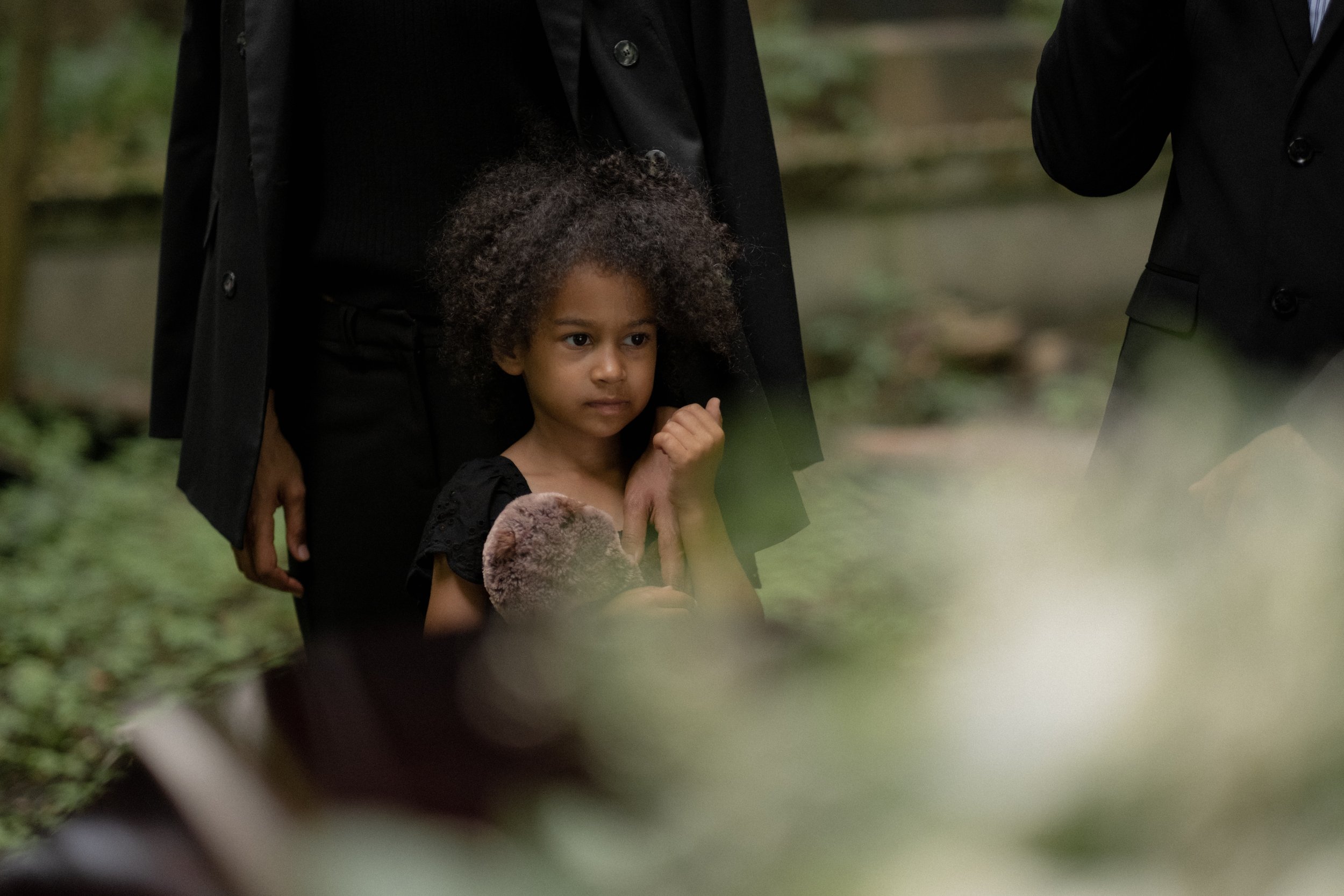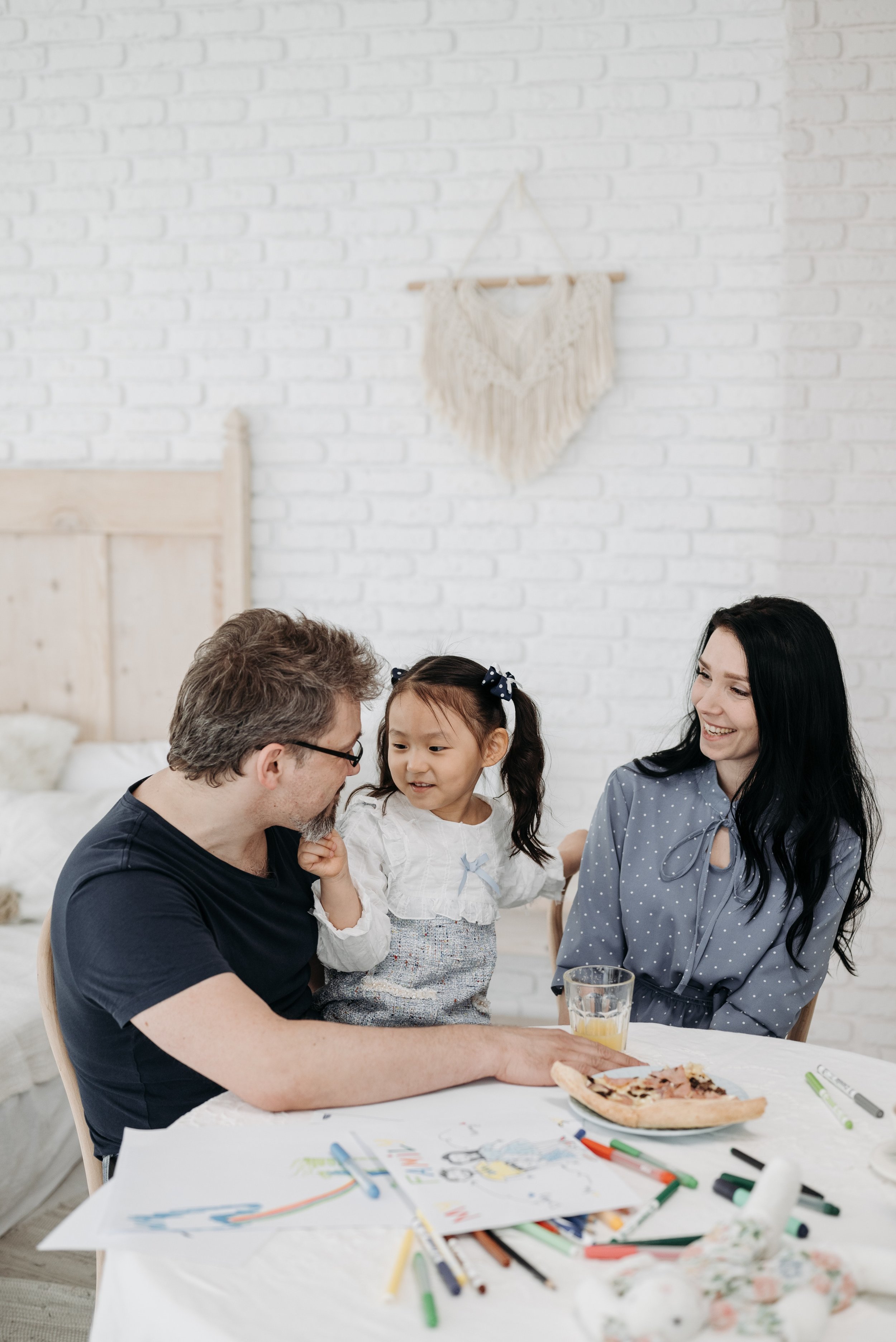5 Ways to Help Children Cope with Death
For children, death can be unknown, confusing, or scary.
As someone who has worked with children, teens, and adults who were dying, I understand how difficult it can be to talk about death. With children in particular, it’s not uncommon for adults to feel confused about what is and isn’t appropriate to share or explain when it comes to death.
My work allows me to use creativity and communication to support the preparation and processing around death and dying, so I will share my best tools and strategies for supporting children in coping with death.
Use the Word ‘Death’
Using euphemisms for death such as “she went to a better place”, “they went to sleep”, or “he went to heaven” can confuse and create anxiety or fear in children. This can lead to death being interpreted as impermanent, like a long journey, and cause a child to believe that a loved one or pet may still return. Associating going to sleep with death can create fear in children that they if they go to sleep, they won’t wake up. Using the word death and explaining death as permanent, irreversible, and biological can actually alleviate fears and anxiety in children.
Show your Emotions
Adults may wonder how they will comfort children when they themselves are feeling so much pain and sadness. Grief is a process, and it’s okay to model feeling your feelings for your child. Letting your child see you upset allows them to see you engaging in emotional processing, which builds self-regulation skills. Sharing you are sad, and that so many people care about you and your family lets your child know that they have those same supports around them. This conveys a healthy level of interdependence when grieving and the message that they are safe and supported. Hiding your feelings or saying you are doing great or feeling fine in the days or weeks after death may communicate that tough emotions and experiences have a timeframe or heal in a neat, linear fashion.
Anticipate Needs
Knowing a child’s developmental stage will help adults to anticipate needs. Babies and toddlers may not associate much meaning with death but will feel the impact of any changes in their environment. Adults can focus on taking care of themselves and keeping routines predictable. Preschoolers will likely not understand that death is permanent or why it happens; if it is a close family member or if they are sick themselves, they may believe that they did something wrong to cause it. Adults can explain death using concrete terms and reassure incorrect beliefs. School-aged children usually understand death is permanent and will have many questions. Adults might want to set aside extra time to play and connect with their children and give choices whenever possible. Pre-teens and teens know that death is final and benefit from knowing that grief will impact their thoughts, feelings, and body. Adults can share how grief impacts us, and balance connection and communication with giving space.
Prepare and Process
When it comes to visiting a dying family member or attending mourning or burial rituals, adults can prepare children through the senses: what they will see, hear, smell, feel, or taste. Visual aids like photos of a funeral or a hospital room can support your child in feeling more in control and safe when entering into uncertain circumstances. Give your child a choice on whether or not they want to attend, based on your explanation. If they don’t want to visit a hospital room or attend a funeral, don’t force it. Maybe they’re more comfortable giving you a drawing or a card to bring on their behalf. If they do want to go, trust that they feel comfortable based on what you shared. Allow your child space for choice and reassurance that they can always change their mind.
When children are processing death, they may ask the same questions repeatedly over time, such as, “Grandpa isn’t coming back?”. This isn’t a sign that they aren’t accepting death. Children sometimes need things explained a few times in order to fully process the information. Repeating answers helps them with understanding.
Honor Memories
Children naturally communicate through art and play, so creating together can be a beautiful way to remember a loved one while also processing emotions. Memory boxes, photo collages, drawings, sculpting, sewing, planting, or writing stories or favorite memories can all be ways to remember. It’s also important to note that no loss is too small or insignificant to honor. Moving out of a home, changing schools, divorce, losing a cherished toy, a best friend or favorite teacher/coach moving away, the death of a pet - these are all impactful losses - and offer the opportunity to ask your child how they would like to honor the memory and how you can support that process.
“Children are often the forgotten grievers.”
Children who are grieving in art therapy are able to utilize the creative process in a natural, non-threatening way, and express their feelings over time. I specialize in children who have endured a painful loss (recent or not) or who are anticipating one. I also specialize in providing therapy to siblings of children with acute and chronic illness. If you are interested in getting your child support around grief, reach out.





